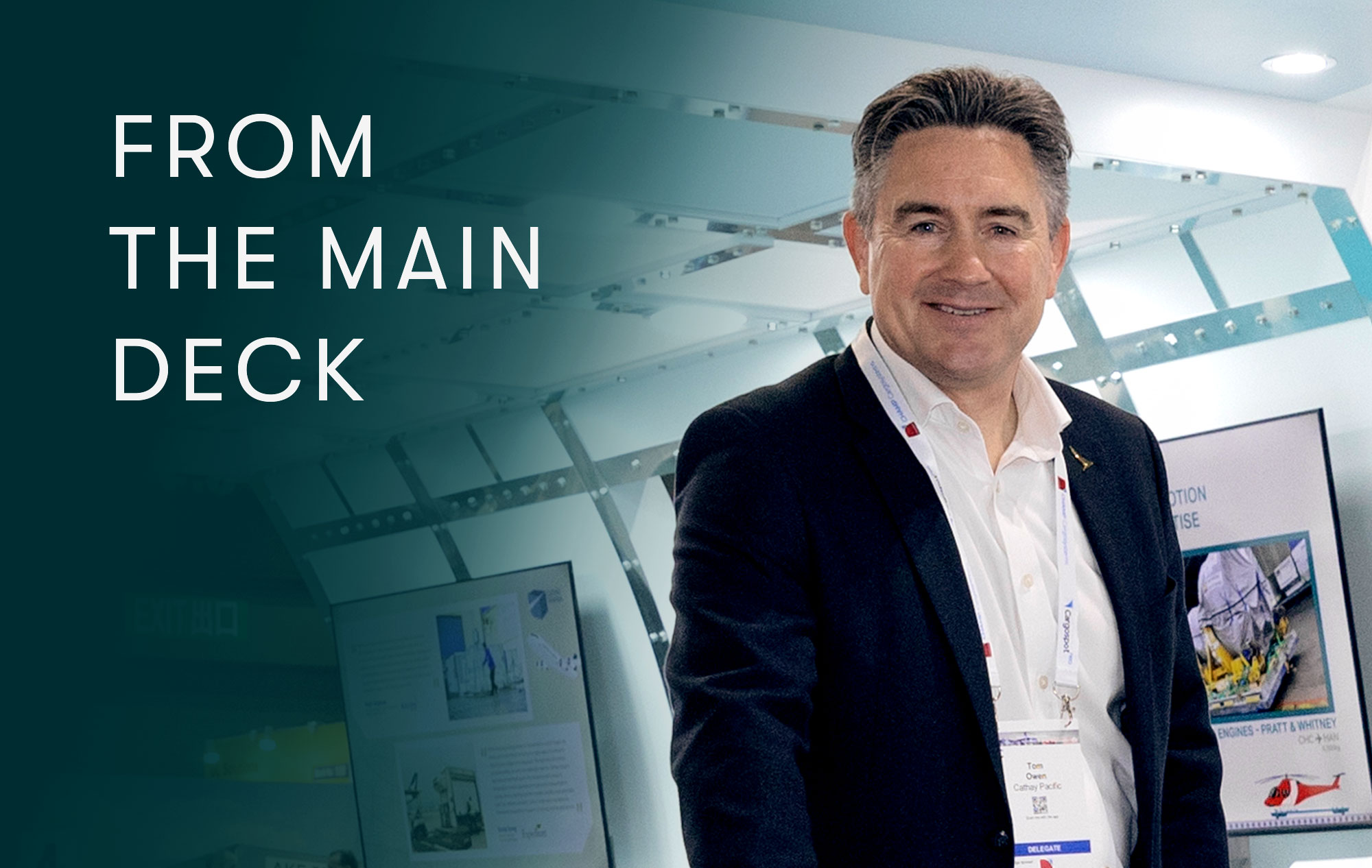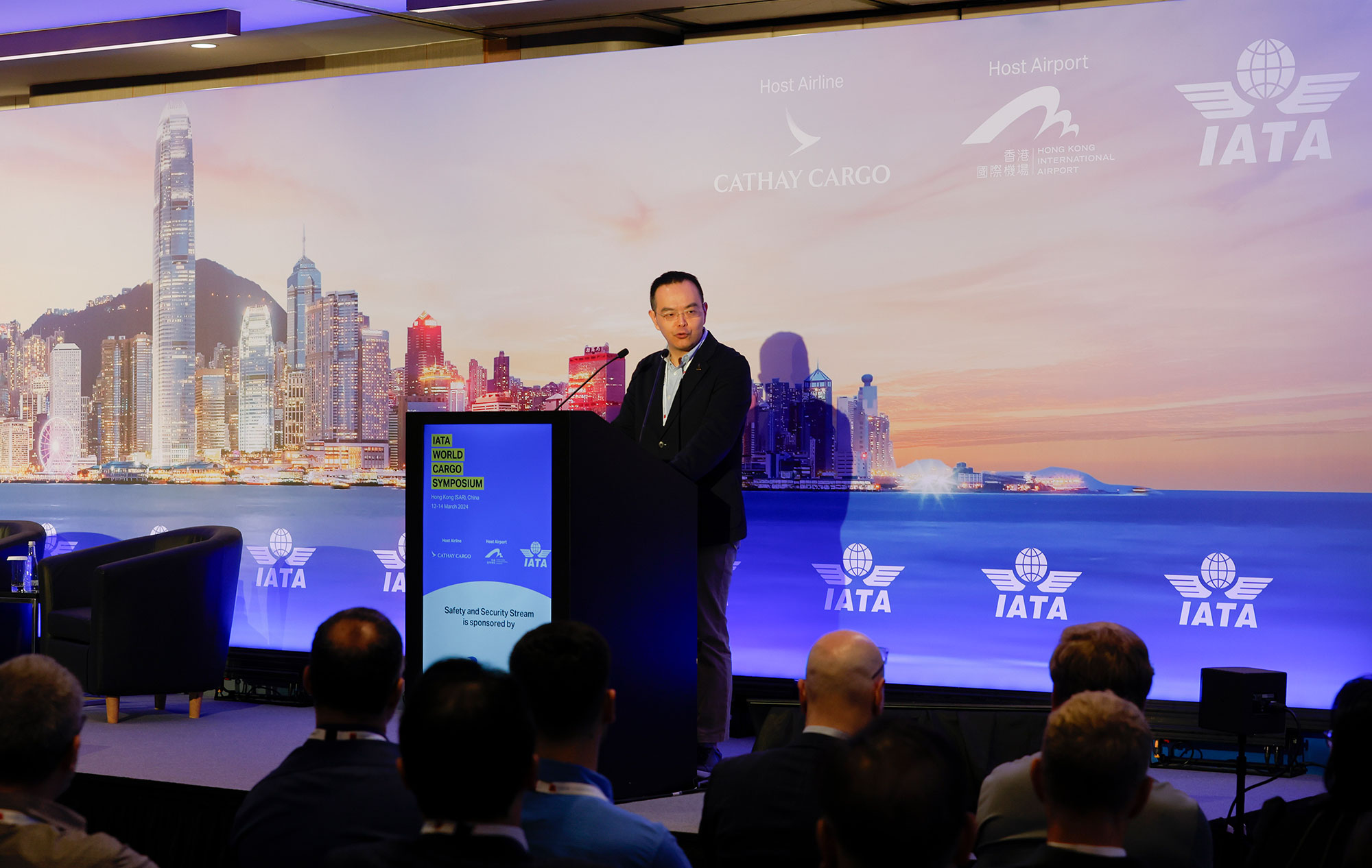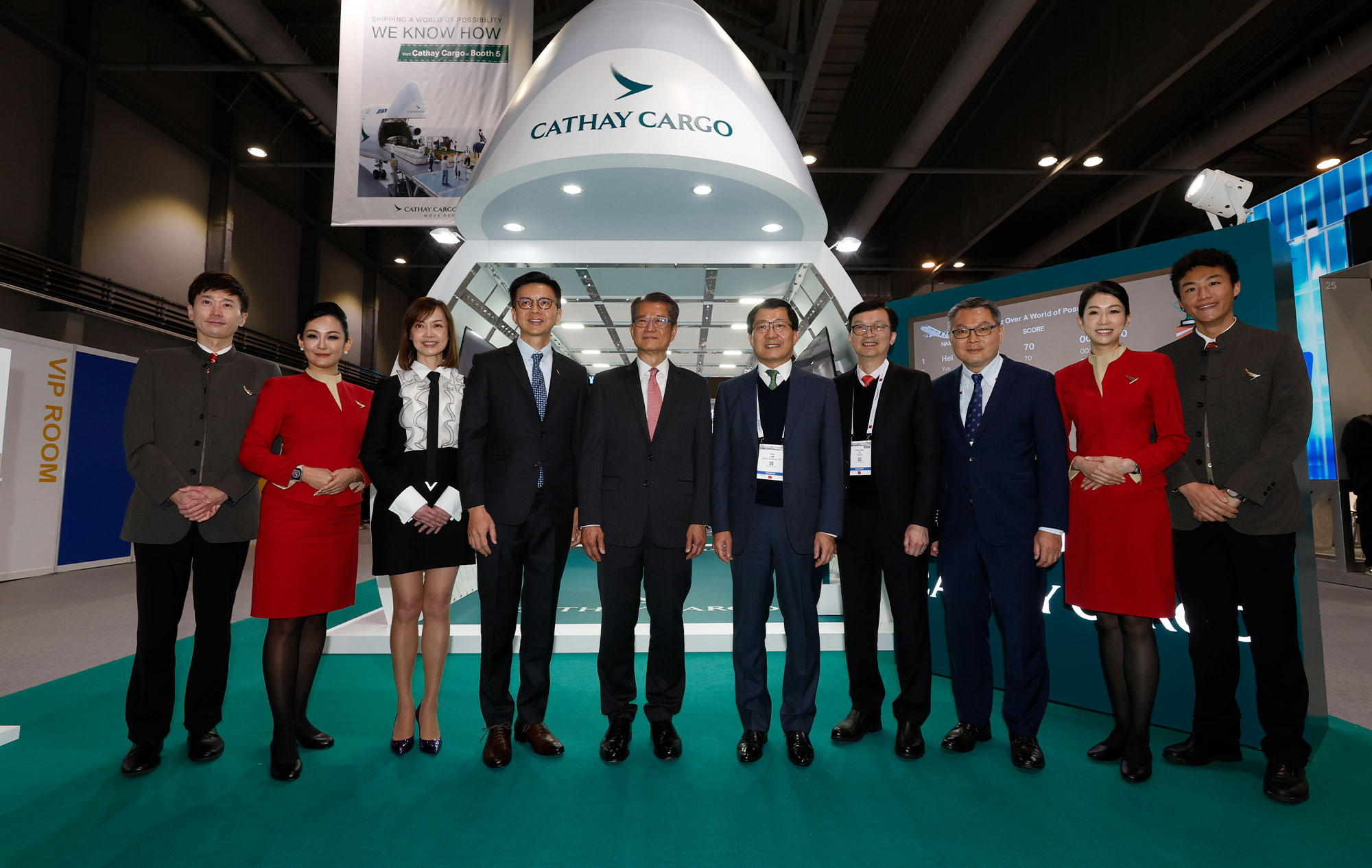Tell me about your career so far
I have been with the Swire Group for 24 years. Before joining Swire, I spent five years in a British Army Gurkha Regiment. I was trained as an infantry officer, and was based for a short time in Hong Kong. That was where I learned about Cathay Pacific and the Swire Group, which I later joined as a management trainee. I have had various roles across the airline, and have also worked in logistics at a Swire company based in Papua New Guinea. Over the years, I have had several opportunities to work in management positions across various regions. For most of my career I have been focused on both the commercial and people areas. For the past five years, I was Director People at Cathay Pacific, before taking on my new role as Director Cargo.
What lessons or experiences can you take into your new job as Director Cargo?
One thing I have learned over the years, and particularly from my last role, is that people are central to success. It sounds so obvious, but is frequently taken for granted. For me, this means ensuring that our Cargo teams are supported, developed and rewarded, and our people feel there is a strong and clear sense of direction and purpose in what they are doing. Another experience is around the need for continuous improvement. One of our Cathay brand values is ‘progressive’. Things are not standing still; we need to be agile and open to change in order to prosper. The cargo world seems to be ripe for change too, whether it’s to speed up, to automate or to increase the value added to the global supply chains. A final lesson is that we need strong relationships with our customers. Our goal is to ensure customers regard us as a forward-looking and helpful partner in solving their problems.
It’s early days, but what are your priorities?
The customer, of course, remains central to our strategy – that won’t change. I have begun this role by listening to them and our people to understand what we are doing well and where we need to up our game. The point of the Director Cargo role is to oversee all the Group’s cargo assets, including the Cathay Pacific Cargo Terminal, Air Hong Kong and Global Logistics System, and draw them together to provide a more cohesive response to the market.
The priorities we need to pursue with vigour are digitisation and automation. The industry is still notoriously paper-heavy, and manually intensive. We are keen to support IATA’s One Record and to pursue our own goals around automation. Digitisation is a massive area of focus given the opportunity to make better-informed decisions when data is easily accessible and relatable.
On the products side, we have been doing good work to differentiate our specialist cargo solutions. We need to build on this further now and do so quickly. I would like us to be known by our customers as a cargo brand that can deal with challenging cargo shipments and move up the value chain in some of the products that we regularly lift.
Finally, I feel there is still work to do in how we present our brand and communicate with our customers, including the channels and techniques we use. We need to do this more seamlessly and directly. This is something I want to take a look at.
Can you foresee any changes to the fleet or network?
We currently operate with 20 freighters and a strong scheduled network. That will remain, but there are expansion opportunities that we should look at with our passenger aircraft. The recent Pittsburgh flights are an example of quickly snapping up an opportunity.
Then there is our reach. We need to build deeper relationships with existing partners and also look at working with new partners in other parts of the world like Africa and South America where we would like to be stronger. There is network potential too in the region around Hong Kong. With the lack of wide-body aircraft predicted over the next few years, it is timely to review our regional capacity needs with regional freighters or other ways to service customer requirements.
Ultimately, our goal is to grow and develop Hong Kong’s leadership position as the global air cargo hub. We strongly support the government and the Airport Authority’s desire to make Hong Kong a seamless connectivity hub for the Greater Bay Area (GBA). This will be very important for Cathay Pacific’s future. In fact, it is our future.
How will data be used to enhance Cathay Pacific Cargo’s commercial and operational performance?
There are three main areas. If we are going to be customer-centric, we need to understand our customers better. Having this single view of the customer is not a new idea, but getting to a point where we have secure and well organised data from a range of sources to inform our discussions and decisions is vital. We are data-rich but information- and analysis-poor, and so we need to reorganise our data in a more coherent way.
The second use of data is about improving operational efficiency. We have a 24/7 control centre, but we have only scratched the surface in terms of the way it uses data to make decisions. So for instance, our next-generation track and trace system will provide information so that the team can act quickly and proactively to anticipate or react to problems. And then we need the feedback loops closed. When there is an incident, we need to learn from the data to improve our processes.
The third one is commercial. We have yet to reach the point where we can offer automated booking or real-time pricing for ad-hoc bookings. We are working on the distribution and revenue management side and building these capabilities. It is made more complicated in cargo because there are so many variables at play. But wider access to our rates and space, and more timely confirmation for customers is something I would like to work on.
The brand ambition to be ‘the world’s most customer-centric air freight provider’ has been in place for two years. Is the underlying business strategy the same?
Yes. Focusing on our customers and their changing needs seems to me a very logical way to go. But articulating our capabilities using a more assertive and cohesive Cathay Pacific Cargo brand will present people with a compelling reason to do business with us. We have been getting more confident about our own offering, but one thing we have not done is widely and consistently communicate that. I would like us to better articulate what the Cargo brand is, what it stands for with our customers and employees, and how we present that to increase willingness to pay with our customers and attract the brightest and best into our industry.
What will that mean to customers?
I hope customers will see us as increasingly reliable, reactive and, indeed, proactive in our ability to deliver our service as promised. Secondly, I want them to feel that our people have a compulsive desire and capability to just get things done. Again, this links to our ‘can-do’ brand value. It is already a strong ethos within Cargo, but I want to build on it. There’s also the need to be versatile, particularly at the moment when we’ve got spare capacity from the passenger fleet. Lastly, our customers will see improved technologies in their interaction with us, and a developing range of products that are relevant to them. We have to continue to provide reasons for forwarders and shippers to grow their business with us.
What are the potential growth opportunities for the cargo business?
Other than network partnerships, the GBA and our product range, it is also worth mentioning e-commerce. It’s a well established and growing market segment, and we want to be able to carry more of it in an effective way and learn how we can make it a bigger part of our product mix.
How difficult is planning during the pandemic?
It has been very challenging. The pandemic has, though, created short-term opportunities because of the imbalance between capacity and demand. We have been putting on new charters with Air Hong Kong, operating passenger freighters and we even have four Boeing 777s that we have converted into ‘preighters’ with the removal of passenger seats. We are looking for opportunities on a weekly basis as we think capacity will remain constrained throughout next year.
The other issue is with the COVID-19 vaccine. It’s early days and there is a lot of uncertainty about where, when and how it will be distributed around the world. We are obviously staying close to it with our forwarders, partners and teams as we want to be part of any distribution solution, while ensuring we can still serve our regular customers with their more normal freight demands.
The long-term implications of the current crisis are unknown, but I would be surprised if international trade grows as fast in the short term as in the recent past. But it is a volatile world, and in cargo things change pretty fast. So while we are still predicting longer term growth and are looking to the future with confidence and excitement across our cargo teams, it is not going to be a straightforward ride. But it is a journey that both myself and the global Cathay Pacific Cargo team are relishing.








